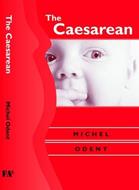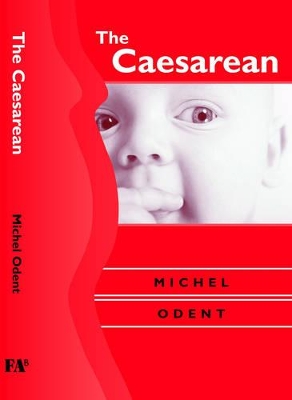The Caesarean
How did a magnificent rescue operation become such a common way of giving birth? And how safe is it really? Why do some countries have 10 per cent of caesarian births, and some more than 50 per cent? Why have risky procedures, such as forceps deliveries, not been eliminated by the C-section? What is the birthing pool test? What are the very first microbes met by a caesarean-born baby? Is it easy to breastfeed after a caesarean? Why are different approaches taken to scheduled C-sections, C-sections during labour, and emergency C-sections? What do mother and baby miss out on by not sharing a vaginal birth? What do we know about the long-term consequences of being born by caesarean? What do we know about the long-term consequences of giving birth by caesarean? What is the future of the 'a la carte'C-section? What is the future of a civilisation born by caesarean? Having been involved in half a century of the history of the caesarean, Dr Michel Odent is uniquely and authoritatively equipped to deal with these vital and urgent questions.
-
Autore:
-
Editore:
-
Anno:2004
-
Rilegatura:Hardback
-
Pagine:160 p.
Le schede prodotto sono aggiornate in conformità al Regolamento UE 988/2023. Laddove ci fossero taluni dati non disponibili per ragioni indipendenti da Feltrinelli, vi informiamo che stiamo compiendo ogni ragionevole sforzo per inserirli. Vi invitiamo a controllare periodicamente il sito www.lafeltrinelli.it per eventuali novità e aggiornamenti.
Per le vendite di prodotti da terze parti, ciascun venditore si assume la piena e diretta responsabilità per la commercializzazione del prodotto e per la sua conformità al Regolamento UE 988/2023, nonché alle normative nazionali ed europee vigenti.
Per informazioni sulla sicurezza dei prodotti, contattare productsafety@feltrinelli.it





